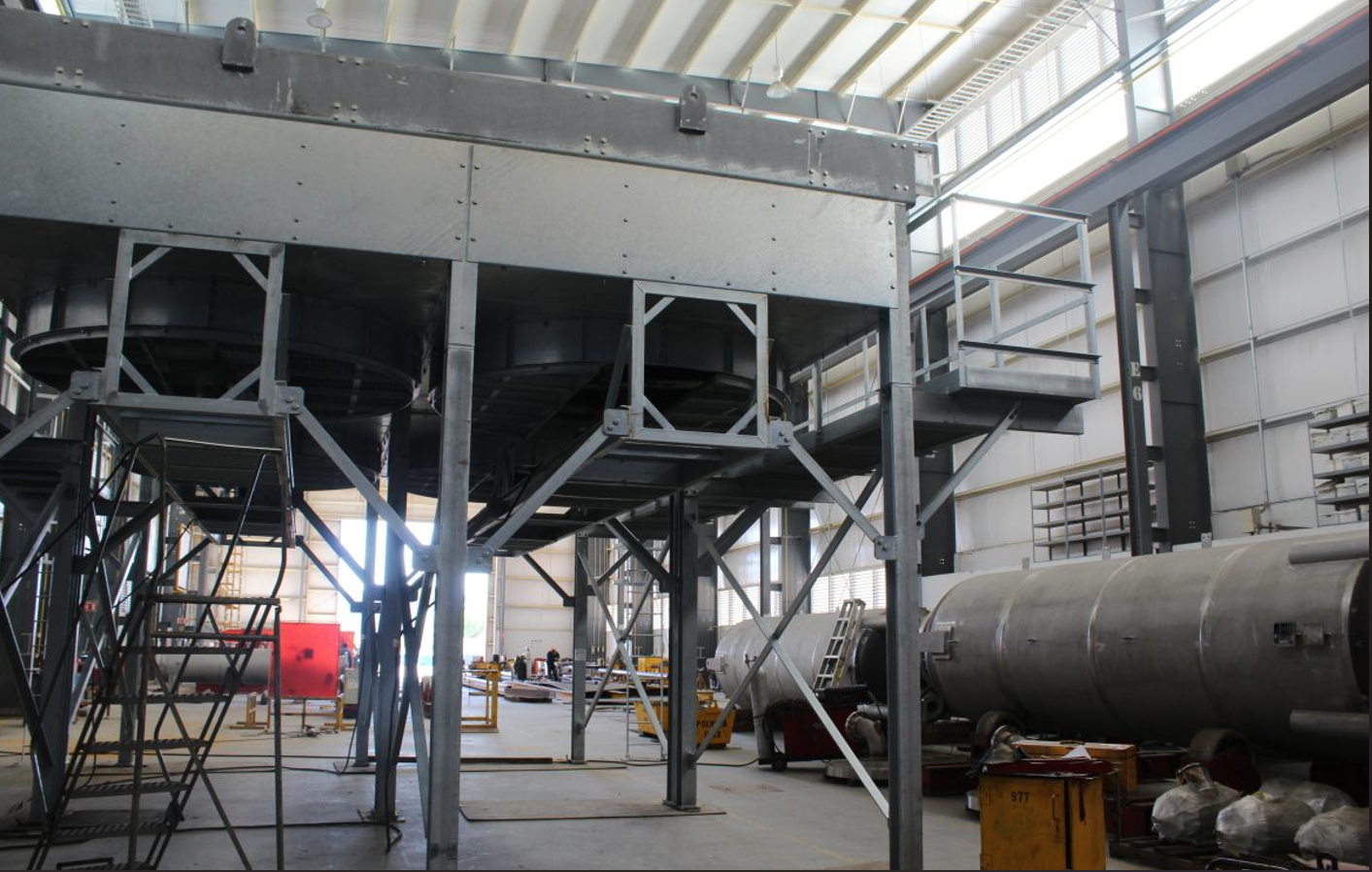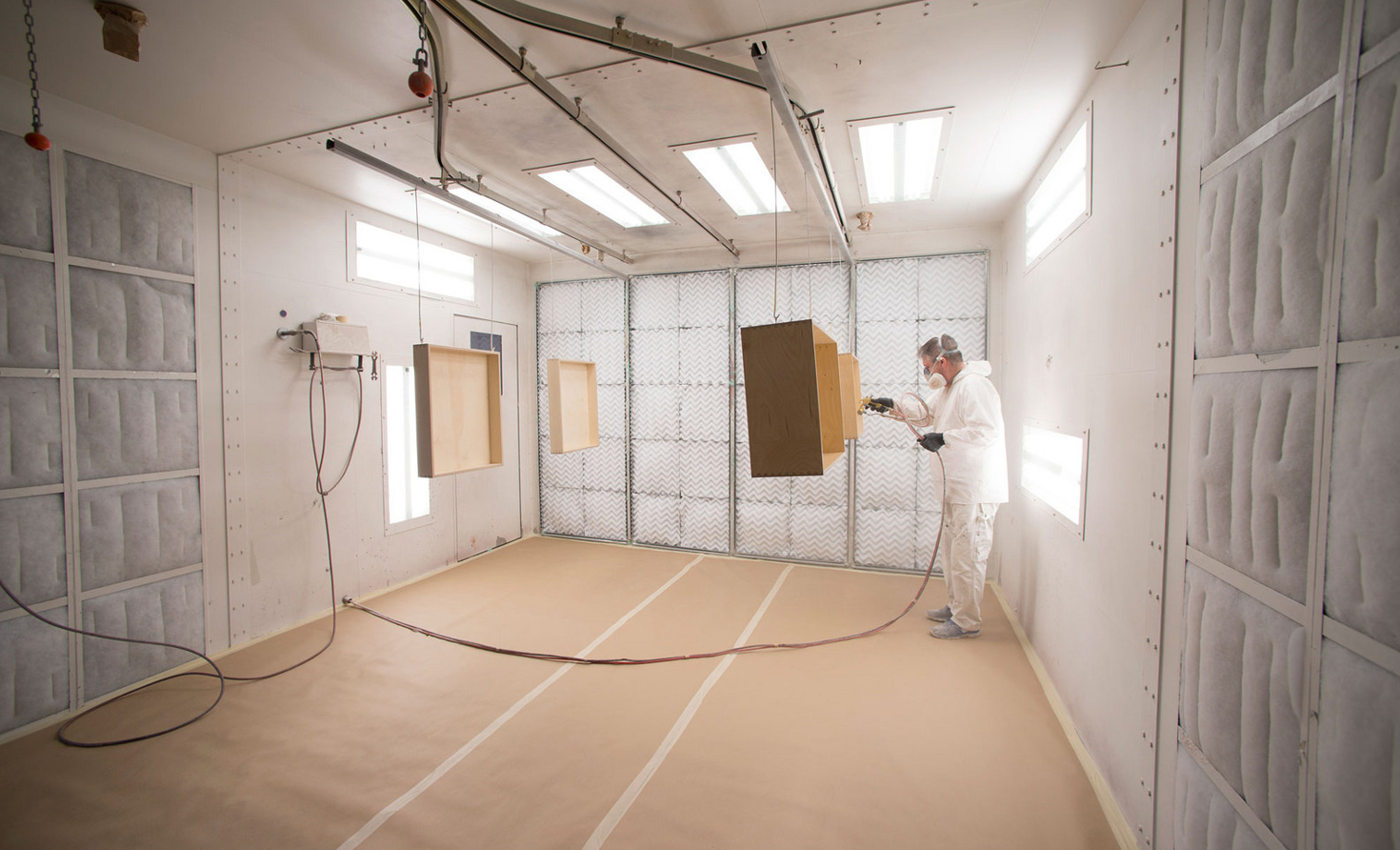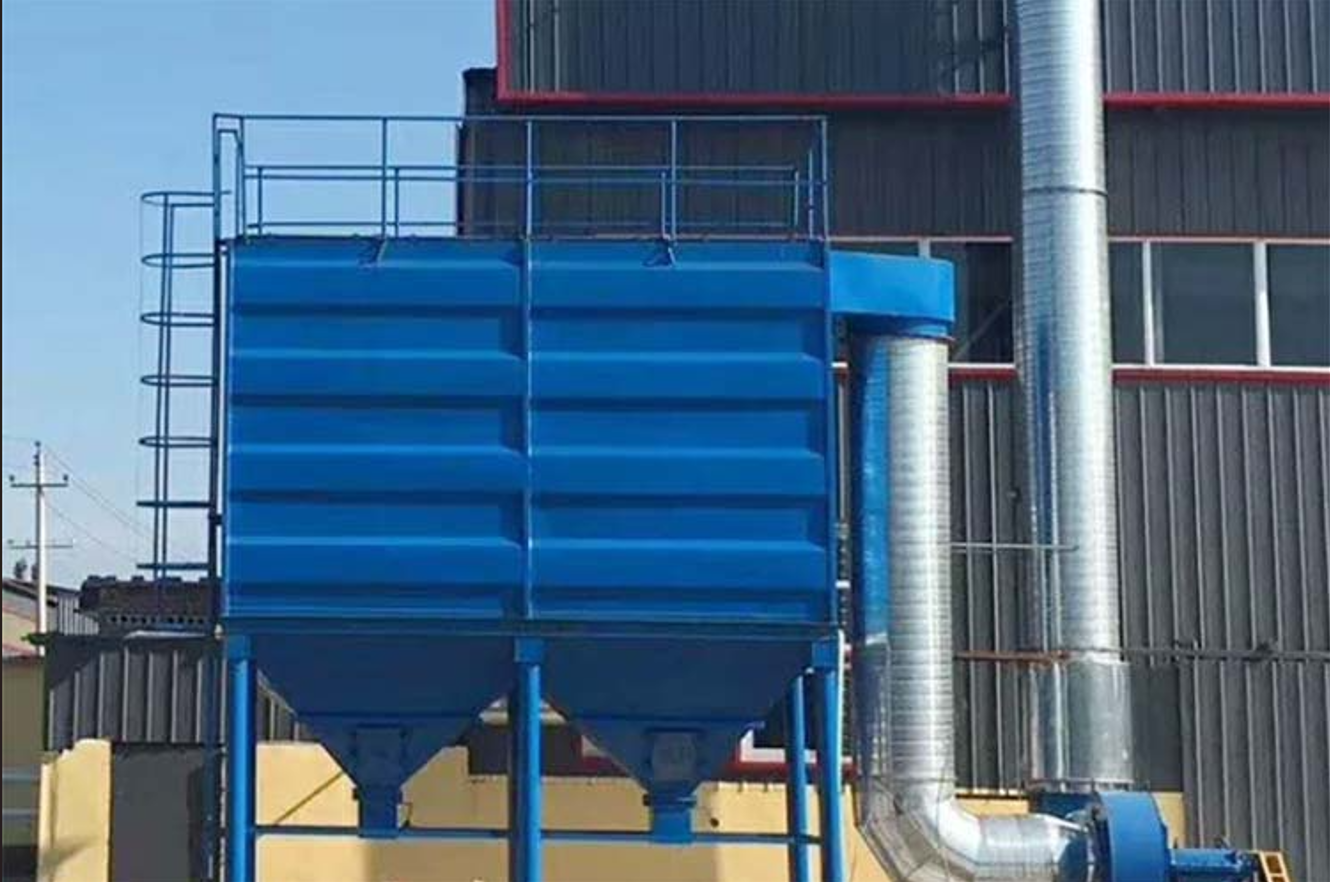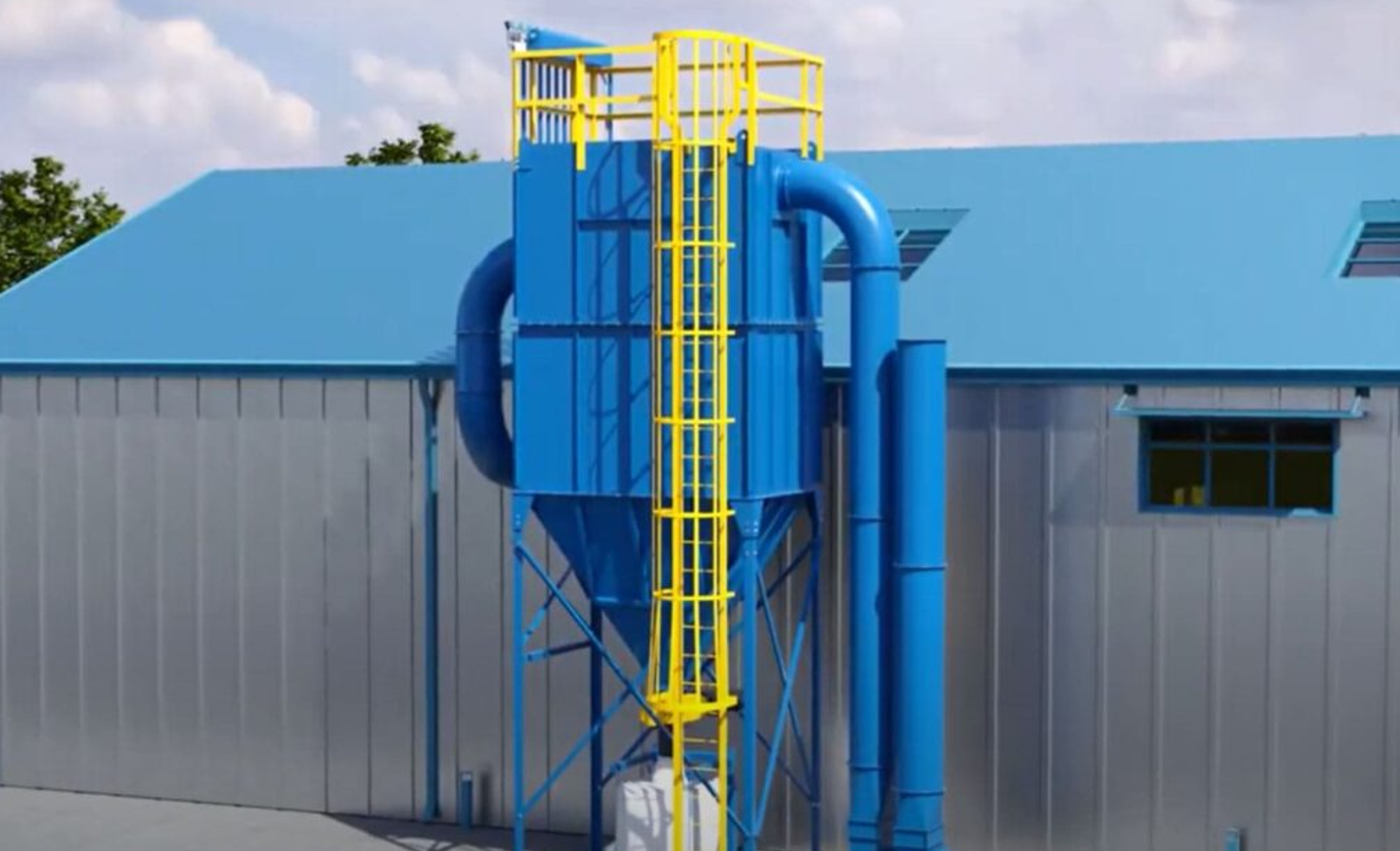Installing an industrial cooler isn't just about placing a machine in a room. It requires careful consideration of location, airflow, and environmental conditions to ensure maximum efficiency. Whether you're operating a factory, warehouse, or a large commercial unit, proper placement and venting can drastically improve cooling performance and reduce operational costs.
Here's a straightforward, human-friendly guide to help you get the most out of your cooler installation.
Why Placement Is So Important
Positioning your cooler correctly affects its airflow, energy consumption, and cooling coverage. A poor location could lead to uneven cooling, increased electricity use, or even equipment damage.
Key Placement Tips
- Avoid Direct Sunlight
- Direct exposure to the sun increases the unit's load. Place the cooler in shaded areas whenever possible.
- Elevate the Unit
- Install the cooler a few feet above ground level. Cool air falls, so this helps with even distribution.
- Target Hot Zones
- Position the cooler near heat-producing machines or high-traffic areas that need cooling most.
- Keep It Clear
- Remove obstructions near the airflow outlet for unobstructed air delivery.
- Allow Maintenance Access
- Choose a location that lets your team perform regular inspections and servicing easily.
Venting: The Unsung Hero of Cooler Efficiency
For evaporative coolers, venting is critical. These systems add humidity to the air, so proper venting ensures fresh air flow and avoids excessive moisture buildup.
Venting Do's
- Create Cross Ventilation
- Keep doors or windows open on the opposite side of the room to let air escape.
- Use Exhaust Fans if Needed
- For enclosed spaces, install exhaust fans to maintain airflow and remove moist air.
- Design a Flow Path
- The cooler should push air across the entire area, not just one corner.
Venting Don'ts
- Don't Seal the Space
- A sealed room traps humidity, defeating the purpose of cooling.
- Don't Block Outlets
- Ensure air exits freely to maintain consistent circulation.
Step-by-Step Installation Guide
Here's a practical checklist to follow:
1. Choose the Right Cooler
Consider the size of your area and cooling needs. Evaporative models work best for dry regions and large open spaces.
2. Inspect the Site
Check for stable ground or wall surfaces, adequate ventilation, and access to power and water lines.
3. Set up Water Connection
Ensure a steady water supply for evaporative models. Use treated water to reduce scaling and improve pad life.
4. Mount the Cooler Securely
Use vibration-proof mounting brackets for roof or wall installations. Confirm the structure supports the unit's weight.
5. Connect Power Supply
Match the voltage and current requirements to your facility's electrical system. Always follow safety codes.
6. Check Airflow Direction
Angle the airflow towards the centre of the space or the area with the highest heat concentration.
7. Test Before Regular Use
Run the unit for 15-30 minutes and observe humidity, airflow, and comfort levels. Adjust if necessary.
Avoid These Common Mistakes
- Skipping ventilation setup
- Overlooking electrical safety
- Using poor-quality water
- Ignoring cooler size recommendations
- Placing too close to walls or machinery
Tips for Long-Term Efficiency
- Clean the cooling pads monthly
- Check fan belts and motors quarterly
- Inspect water levels and flush tanks regularly
- Schedule preventive maintenance twice a year
- Monitor humidity levels in the workspace
When to Get Professional Help
If your setup involves:
- Complex ducting
- Roof-mounted installations
- Custom electrical connections
- No existing water line access
...then it's safer and more efficient to bring in a qualified technician.
An industrial cooling system is an investment — and like any investment, it works best with proper planning and setup. By choosing the correct location and ensuring adequate venting, you not only improve cooling efficiency but also extend the life of your equipment.



